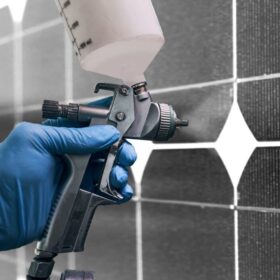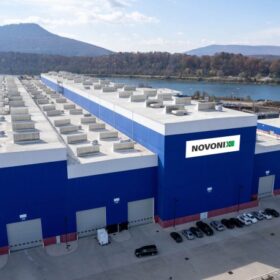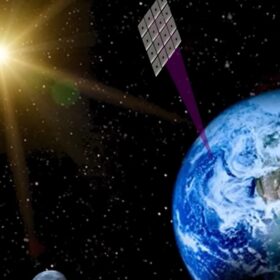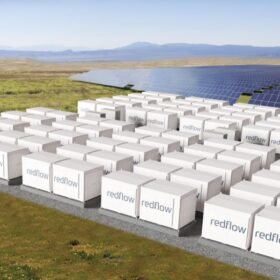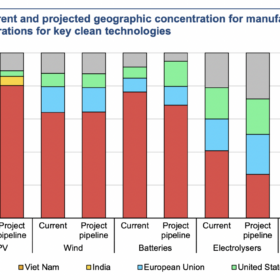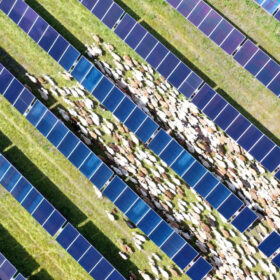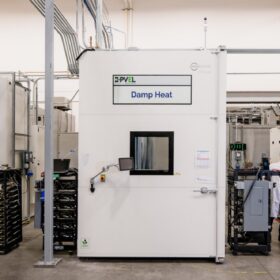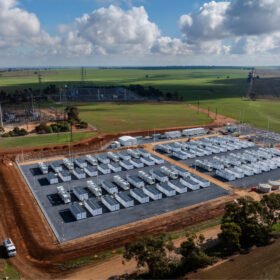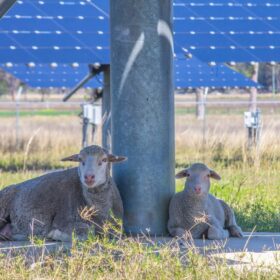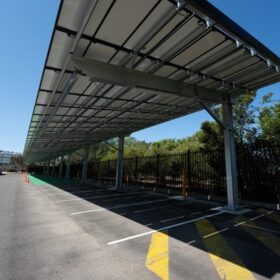Australian battery tech start-up targets U.S. market after $22 million funding round
Australian battery material start-up Sicona Battery Technologies will accelerate commercial development plans both here and in the United States after securing financial support from a group of international investing heavyweights for its silicon-composite anode technology designed to improve the performance of lithium-ion batteries.
Nanovue targets U.S. with self-cleaning solution for solar panels
ASX-listed nanotechnology company Nanoveu will look to expand into the United States market with the establishment of a demonstration site for its anti-soiling coating for solar glass following trial deployments in the Philippines and Malaysia.
Novonix does $45 million deal with LG Energy Solution
Brisbane-based battery materials and technology company Novonix has sealed a $45 million (USD 30 million) deal with South Korean battery manufacturer LG Energy Solution that is complemented by an agreement between the two parties to jointly work toward developing high-performance, synthetic graphite anode material for lithium-ion batteries.
US researchers beam solar from space
Caltech’s space solar program began in 2011 when philanthropist Donald Bren donated more than USD 100 million ($150 million) in support of the project. In the first demonstration of solar energy beamed to earth, his vision is now becoming reality.
Saltwater redox flow battery with integrated ultracapacitor
US-based Salgenx says it has successfully integrated ultracapacitors with its saltwater redox flow batteries, resulting in significantly better power response and system performance.
Redflow to build 20 MWh redox-flow battery in California
Australian redox-flow battery manufacturer Redflow will build one of the world’s largest zinc-based battery energy storage systems in the United States after inking a multi-million-dollar deal with the California Energy Commission.
‘Huge subsidy fest’: Australia has the critical materials, but can it compete in the manufacturing race?
A global race is underway to capture the manufacturing market for clean energy technologies. While lady lucky has certainly shone on Australia, competition is fierce, experts say.
Sheep grazing team to reduce solar mowing costs by more than 44%
About 70 Katahdin breed sheep were dropped off at the Oberlin College campus in Ohio last week. They will graze through mid-June, stomping grass and weeding the solar field in a move aimed at reducing operations and maintenance costs.
NASA makes unusual discovery while testing perovskite solar cells in space
US space agency NASA has discovered that perovskite solar cells tested in space exhibit less degradation than reference devices tested on Earth. The agency acknowledged that it is uncertain about the specific factors in the space environment that contributed to the superior performance of the perovskite absorber film.
PV Module Reliability Scorecard released by PVEL
2023 Scorecard names 250 types of solar modules from 35 manufacturers as Top Performers.
